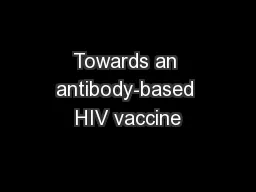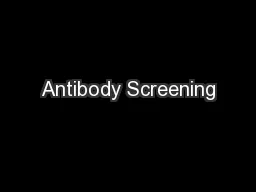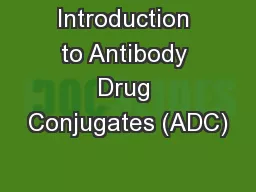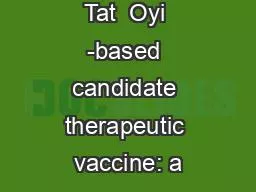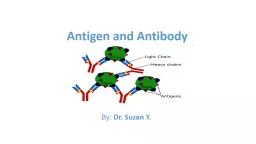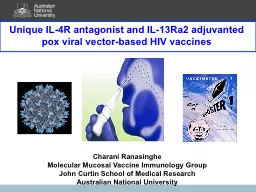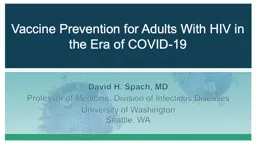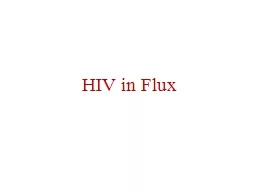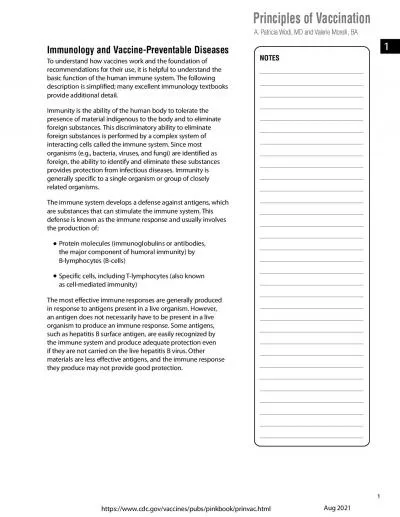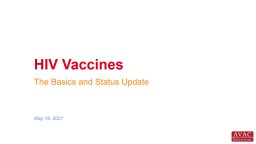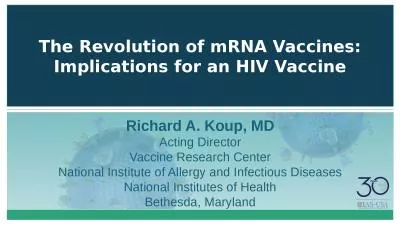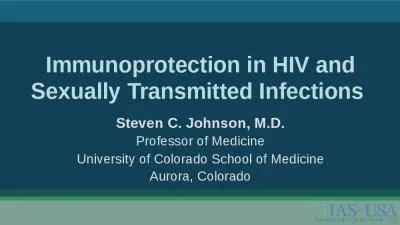PPT-Towards an antibody-based HIV vaccine
Author : briana-ranney | Published Date : 2018-03-07
Prof Lynn Morris National Institute for Communicable Diseases a division of the National Health Laboratory Service NHLS of South Africa University of the Witwatersrand
Presentation Embed Code
Download Presentation
Download Presentation The PPT/PDF document "Towards an antibody-based HIV vaccine" is the property of its rightful owner. Permission is granted to download and print the materials on this website for personal, non-commercial use only, and to display it on your personal computer provided you do not modify the materials and that you retain all copyright notices contained in the materials. By downloading content from our website, you accept the terms of this agreement.
Towards an antibody-based HIV vaccine: Transcript
Download Rules Of Document
"Towards an antibody-based HIV vaccine"The content belongs to its owner. You may download and print it for personal use, without modification, and keep all copyright notices. By downloading, you agree to these terms.
Related Documents

